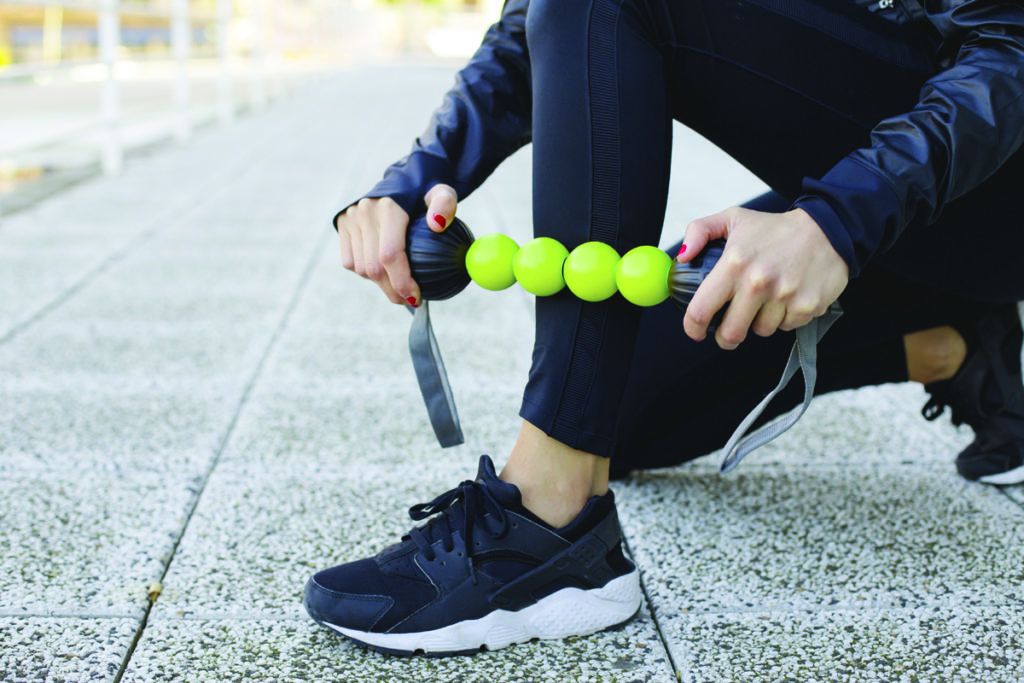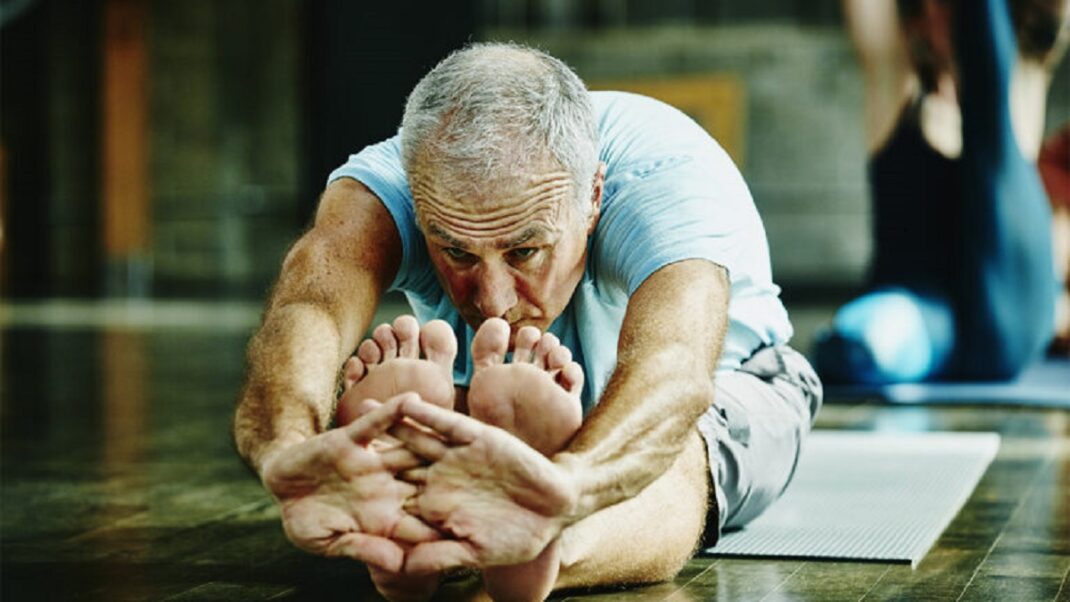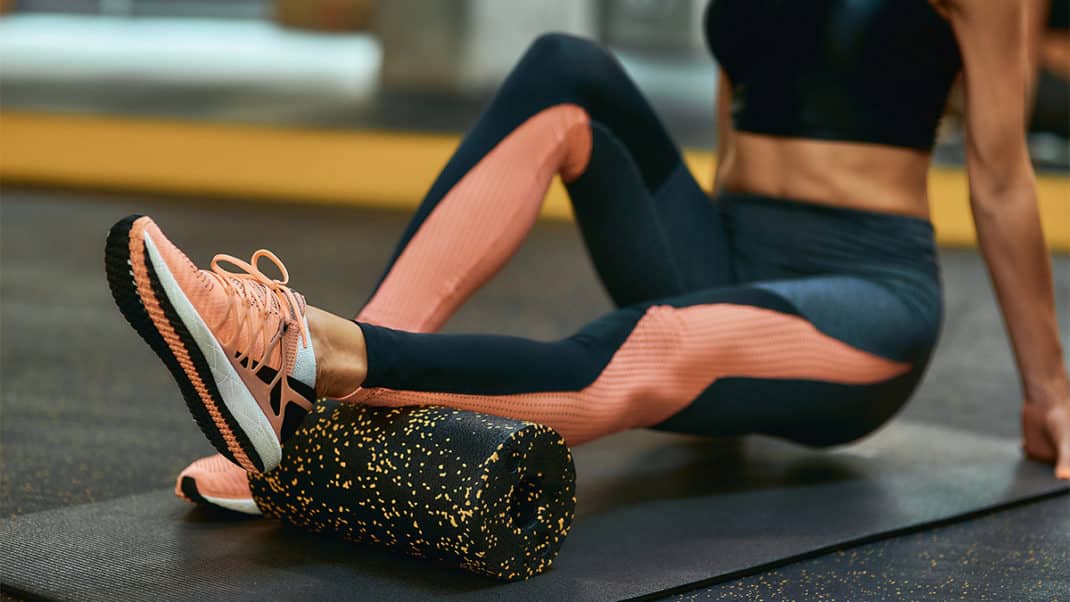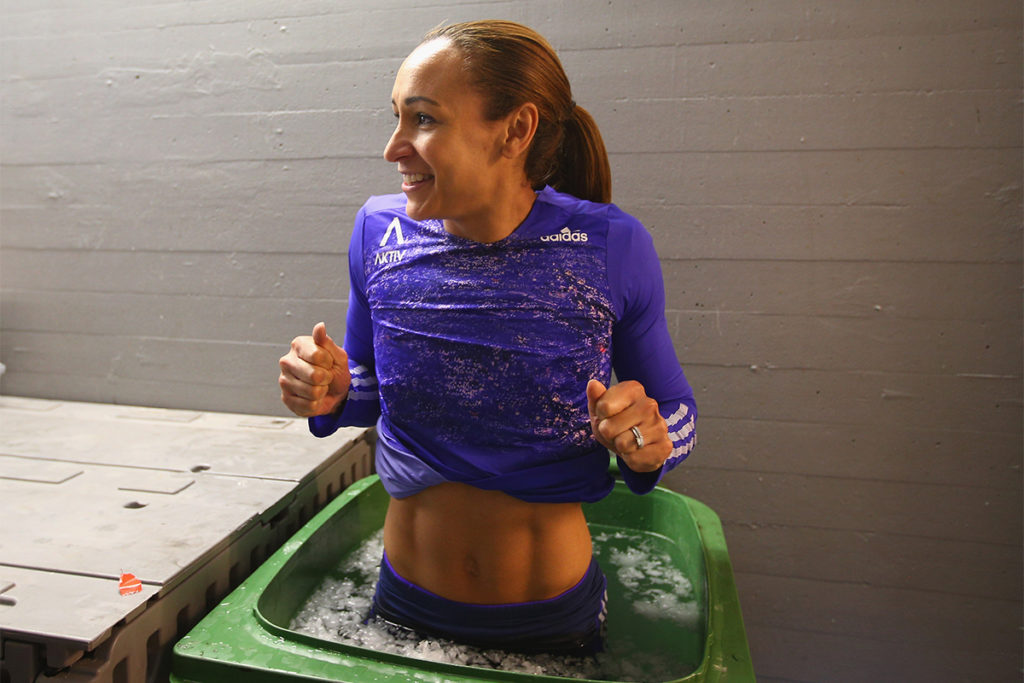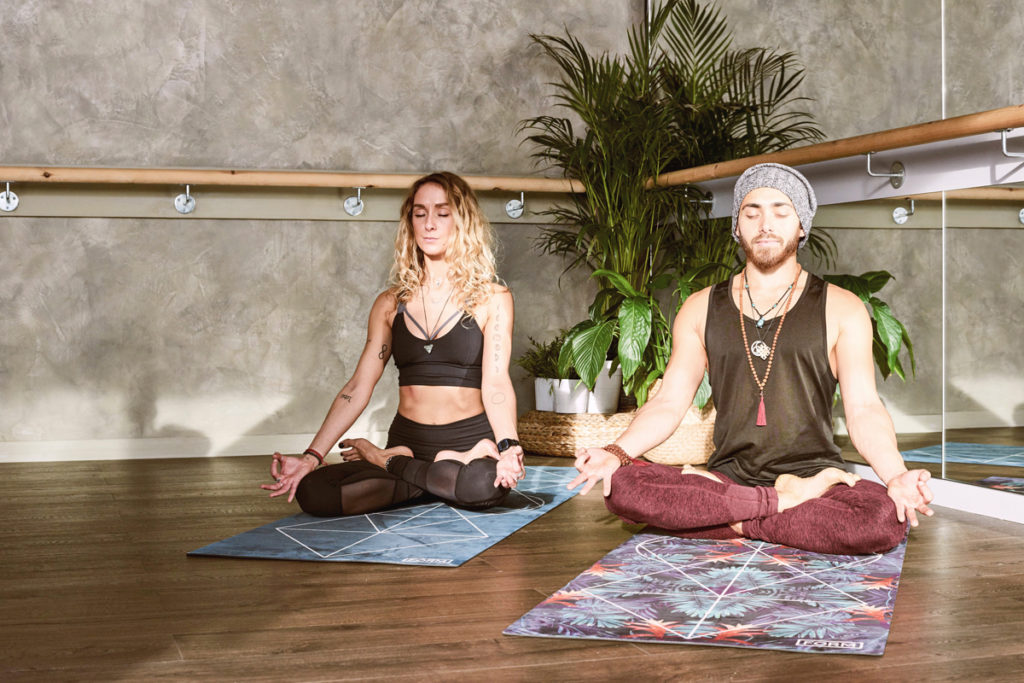Pilates Training Is a Game-Changer

Strong evidence shows that Pilates training is an effective conditioning method for healthy individuals, particularly those wanting to increase core stability. Furthermore, Pilates can be a game-changer for athletes.
Benefits of Pilates Training
Here’s a quick look at some of the evidence-based benefits of this style of exercise:
Builds Muscular Strength and Endurance
Multiple studies confirm that, when practiced over time, Pilates develops core muscular strength and endurance. Healthy women who did Pilates mat exercise three times a week for 5 weeks increased abdominal muscle endurance; young, healthy adults who practiced three times a week for 8 weeks gained abdominal and lower-back muscle endurance; and adults ages 25–65 who trained twice a week for 12 weeks built abdominal and upper-body muscle endurance (Archer 2014). Participants’ waist circumference improved in an 8-week study but not in a study lasting 4 weeks (Cruz-Ferreira et al. 2011).
In 2015, Brazilian researchers conducted a randomized controlled trial with 32 adults, ages 62–64, who did Pilates twice weekly for 12 weeks (Oliveira, Oliveira & Pires-Oliveira 2015). The study showed that equipment-based Pilates was effective progressive resistance training for building lower-limb strength.
Improves Body Composition
A systematic review of studies found some evidence that Pilates may reduce body fat and increase fat-free mass in the short term. Often, studies are too poorly designed to produce conclusive findings (Kamioka et al. 2016). However, a study of 60 subjects with excess weight or obesity showed that Pilates training improved body composition; the participants did three 60-minute mat and equipment-based sessions per week for 8 weeks (Rayes et al. 2019).
Increases Flexibility and Mobility
Joseph Pilates was a firm believer in the importance of flexibility, citing the nimbleness of cats as an example of how bodies should function. It’s therefore not surprising that Pilates training has flexibility benefits. Numerous studies show it improves flexibility in the hamstrings, shoulders, and upper and lower back among healthy adults (Archer 2014). For example, a study on older women that compared static stretching with Pilates training (1 hour twice a week for 3 months) showed that Pilates yielded greater improvements in flexibility (Oliveira, Oliveira & Pires-Oliveira 2016). Moreover, a review of studies on older adults found it effectively increased mobility, particularly in relation to walking; this was true even among patients with Parkinson’s (Bullo et al. 2015).
Christine Romani-Ruby, DEd, MPT, owns PHI Pilates in Pittsburgh and is a Pilates master trainer and researcher. She confirms the flexibility benefits. “I’ve been working with physical therapy students at Wheeling Jesuit University,” she says. “We’re finding that the core stability that Pilates mat work creates directly improves flexibility of the hamstring muscles without performing any hamstring stretching. We compared these effects to static stretching [of] the hamstrings and found there were more significant results with just Pilates mat exercises.”
Enhances Posture
The Pilates method is widely recognized for its effectiveness in improving postural alignment. There are very few randomized controlled studies, but a 2013 study with 74 healthy women (age 34.9 ± 16.4) produced an interesting finding: Those who did 1-hour Pilates mat sessions twice a week for 6 months significantly improved frontal alignment of the shoulders and sagittal alignment of the head and pelvis (Cruz-Ferreira et al. 2013). Ideal alignment is associated with pain-free movement. So, the efficacy of Pilates exercises in improving alignment may be a key to its role in pain relief.
Game-Changing Benefits for Athletes
From recreational athletes to Olympians and professionals with million-dollar contracts, competitors rely on Pilates. Romani-Ruby has trained football, hockey and baseball pros. She notes the following important performance benefits of Pilates training for athletes:
Stability for Flexibility
Studies show that greater core stability leads to improvements in length and flexibility of the hamstrings—critical for increasing speed. Pilates enables athletes to work through dynamic flexibility exercises while simultaneously improving core strength, leading to increases in overall speed.
Explosive Power
Spring resistance on the Pilates reformer and jump board is ideal for plyometric training. The equipment allows athletes to practice rebounding and exploding with control—an asset for basketball players and wide receivers.
Precise Movement
Pilates emphasizes mindful, efficient movement, which translates into fewer injuries and improves execution on the playing field. Increasing awareness of overall movement and body position in space improves agility and alignment.
Longevity
Pro athletes experience aging, just as other adults do. At age 30, people begin losing their connection with the hip joints, important for balance and mobility. Overall muscle mass also starts to decline. Paraspinal muscles are the areas that weaken most. Pilates builds muscle balance and works against postural changes that come with age. This promotes healthy movement patterns that can prevent overuse injuries and keep athletes in the game.
Bonus: Pilates Training Offers Efficient Workouts
Pro athletes are busy. The Pilates method uses whole-body movements for short, efficient training. A 15-minute workout can challenge all the body’s muscle groups for a time-saving addition to an athlete’s regular routine.
See also: 5 Ways Pilates Can Benefits Athletic Clients
Pilates Training: Changing Bodies One at a Time
The Pilates method offers a wide range of benefits for clients of all kinds: athletes; healthy young individuals; aging adults; and people with chronic ailments, such as arthritis and osteoporosis. For more research on these benefits, see The Science of Pilates: Research Update.
To find resources for Pilates teachers, visit the Pilates Method Alliance, a not-for-profit professional association dedicated to the Pilates field.
References
Archer, S. 2014. Science and the Pilates method. IDEA Fitness Journal, 11 (2), 74–77.
Bullo, V., et al. 2015. The effects of Pilates exercise training on physical fitness and wellbeing in the elderly: A systematic review for future exercise prescription. Preventive Medicine, 75, 1–11.
Cruz-Ferreira, A., et al. 2011. A systematic review of the effects of Pilates method of exercise in healthy people. Archives of Physical Medicine and Rehabilitation, 92 2071–81.
Cruz-Ferreira, A., et al. 2013. Does Pilates-based exercise improve postural alignment in adult women? Women & Health, 53 (6), 597–611.
Kamioka, H., et al. 2016. Effectiveness of Pilates exercise: A quality evaluation and summary of systematic reviews based on randomized controlled trials. Complementary Therapies in Medicine, 25,1–19.
Oliveira, L.C., Oliveira, R.G., & Pires-Oliveira, D.A. 2015. Effects of Pilates on muscle strength, postural balance and quality of life of older adults: A randomized, controlled, clinical trial. Journal of Physical Therapy Science, 27 (3).
Oliveira, L.C., Oliveira, R.G., & Pires-Oliveira, D.A. 2016. Comparison between static stretching and the Pilates method on the flexibility of older women. Journal of Bodywork and Movement Therapies, 20(4), 800–6.
Rayes, A.B.R., et al. 2019. The effects of Pilates vs. aerobic training on cardiorespiratory fitness, isokinetic muscular strength, body composition, and functional tasks outcomes for individuals who are overweight/obese: A clinical trial. PeerJ, 7, e6022.
Shirley Eichenberger-Archer, JD, MA
Shirley Eichenberger-Archer, JD, MA, is an internationally acknowledged integrative health and mindfulness specialist, best-selling author of 16 fitness and wellness books translated into multiple languages and sold worldwide, award-winning health journalist, contributing editor to Fitness Journal, media spokesperson, and IDEA's 2008 Fitness Instructor of the Year. She's a 25-year industry veteran and former health and fitness educator at the Stanford Prevention Research Center, who has served on multiple industry committees and co-authored trade books and manuals for ACE, ACSM and YMCA of the USA. She has appeared on TV worldwide and was a featured trainer on America's Next Top Model.

